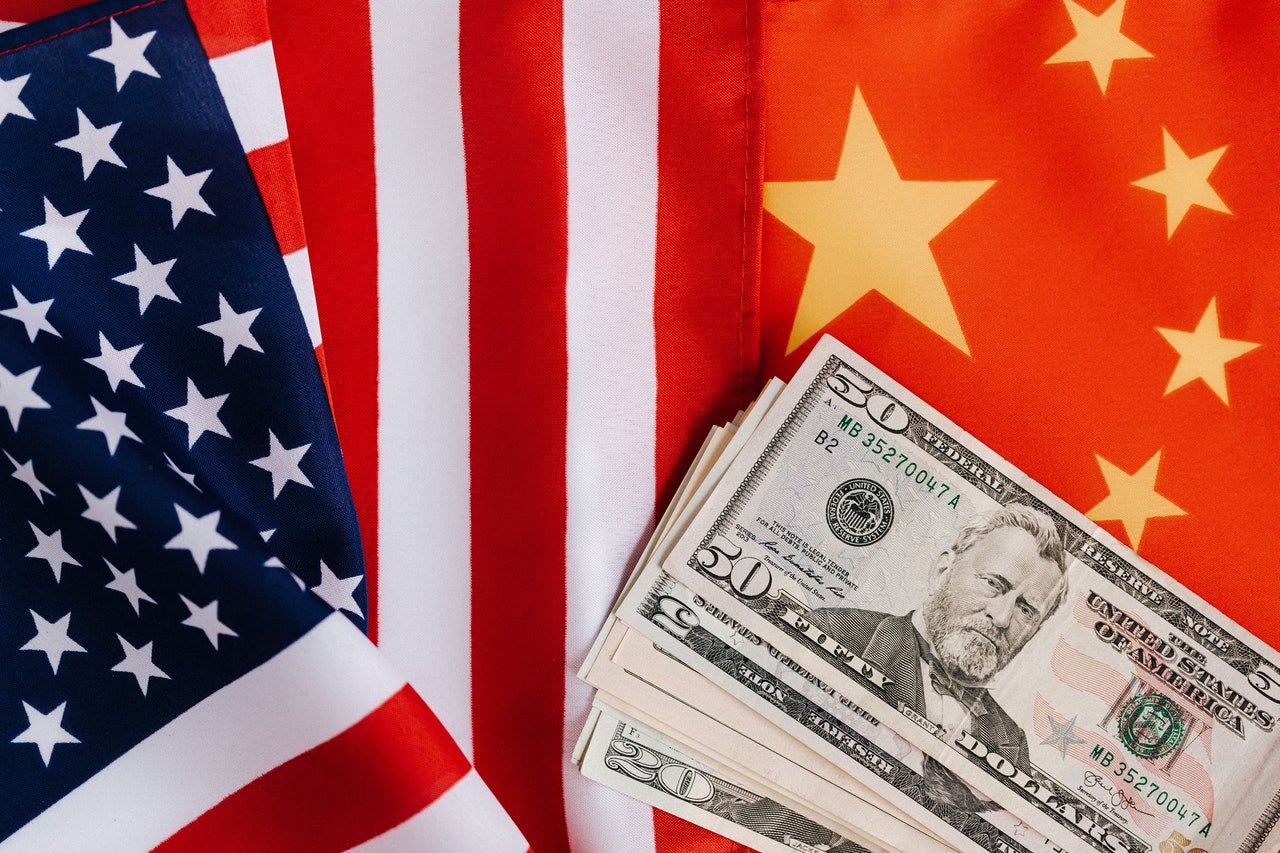November 24th, New Media Special News: On November 17, the website of the Brookings Institution published an article entitled “Meeting China’s Challenge: A Strategic Competor, Not an Enemy”. The author was Jeffrey Budd, the former head of Asian affairs of the National Security Council. The article pointed out that although China poses challenges, the United States should not exaggerate or misunderstand these challenges. The full text is excerpted as follows:
China’s remarkable rise as a major power will soon bring a close-out all-round competitor to the United States. The challenge for the United States will be how to demonstrate and protect its political, economic, military and technological interests in this emerging pattern of strategic competition without seeking to decouple from China to exacerbate a new cold war.
In the 21st century, for the United States and the world, the relationship between the United States and China will be the most important. As an emerging opponent, China poses a challenge to the United States in all areas of our interests. Other countries will pose challenges to the United States in one or more areas, but no one can pose a full-scale challenge.
So what will be the characteristics of the relationship between the United States and China? What kind of systemic relationship will be the best for the United States?
Due to China’s increasing strength in various fields and increasing economic influence overseas over the past decade, Americans increasingly regard China as a potentially dangerous opponent.
What should the United States think of China 10 or 20 years later? At that time, China will have the following characteristics, such as: becoming the world’s largest economy and largest market; competing with the United States for leadership in the development of relevant technology platforms; having an army comparable to the United States in the western Pacific; and having a larger multilateral institutions that set rules, set standards and provide financing. Influence, and have a greater advantage in bilateral relations with friends of the Asian and European Unions with the United States.
U.S. foreign policy agencies have identified China as a strategic competitor, a strategic opponent and a potential strategic enemy.
As a result, the free fall of bilateral relations established by former U.S. President Nixon in decades since his visit to China has declined.
Although China poses challenges, these challenges should not be exaggerated or misunderstood.
In the foreseeable future, China will not become a global military power that can rival the United States. China’s economy will surpass that of the United States in terms of gross domestic product (GDP), but China’s per capita GDP will lag far behind that of the United States for the foreseeable future. This will mean that it is still important for Chinese leaders to pay attention to the objective requirement of domestic needs. Internationally, there is no doubt that China’s remarkable rise in trade, investment and infrastructure development has brought greater influence to the country, but in terms of international finance, capital markets and currency, China is many years away from becoming a rule-maker rather than a recipient.
There is no evidence that China is seriously pursuing to threaten the mainland of the United States or to pursue a global confrontation with the United States to repeat the model of the Cold War between the United States and the Soviet Union. On the contrary, we can expect to see China’s efforts to gain economic prominence in East and Central Asia, ensure military security in the western Pacific Ocean relative to the United States, and gain increasing but not dominant influence outside Asia mainly through economic ties. We should not expect China to build a network of like-minded or satellite countries that pose a security threat to the United States.
For the United States, China is not an existential threat, but the inevitable fact is that we will be a competitor.
The most important battlefield of the US-China confrontation is probably in the field of science and technology. The fact that the United States created and dominated the major technology platform provided a springboard for the American century. The fact that the United States and China will become technological opponents does not mean that radical decoupling can or should be carried out. Between restricting China’s access to advanced American technology and inadvertent incentives that we inadvertently provide to Chinese competitors when we force them to develop products we refuse to provide, we need to recognize the gains and losses.
Many trends in China’s development process can be serious threats, but in some cases, they may become opportunities for cooperation, depending on China’s behavior, but also on our intentions. It is worth recalling that the Great Recession of 2008 would have turned into a depression without the joint efforts of the United States and China to cushion the economic downturn and take large-scale stimulus measures.
The United States and China have areas of overlapping interests, and they also face the issue that the two sides must cooperate. If China sees the value of at least a non-hostile Sino-US relationship, China will not take measures that it believes may damage such relations.



